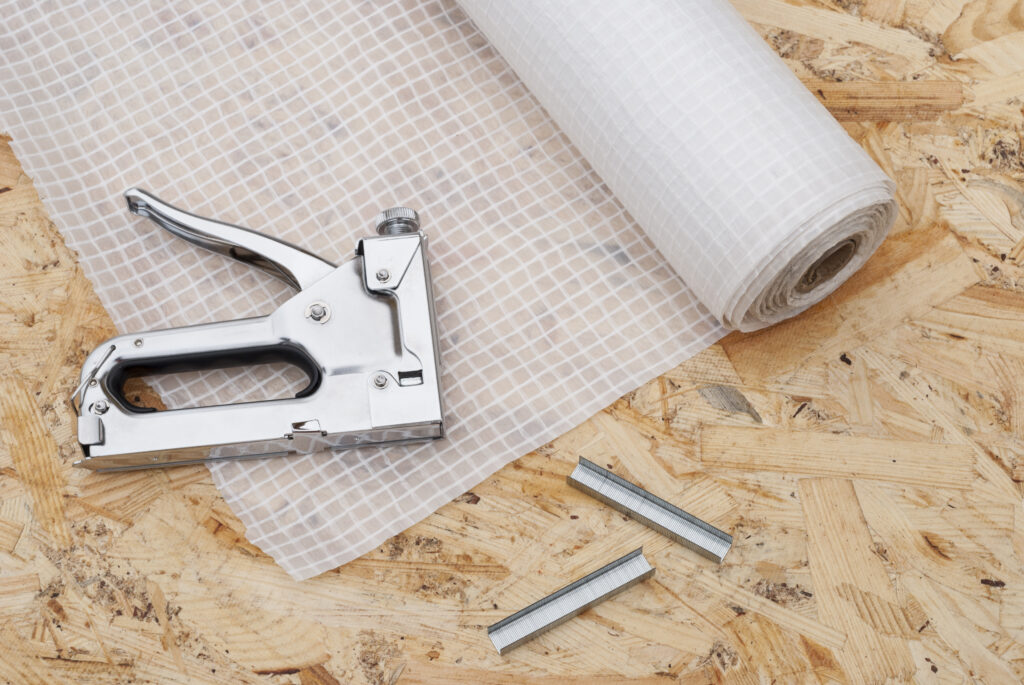Vapor Barrier Installation in Crawl Spaces: Ensuring Moisture Protection and Energy Efficiency
Installing a vapor barrier in crawl spaces is a vital step toward moisture protection, preventing moisture and water vapor from causing damage. Here’s how it benefits your home:
Why Vapor Barrier Installation is Crucial
- Moisture Protection: Vapor barriers block ground moisture and water vapor from entering your home, crucial in humid climates.
- Control Moisture: They help control moisture levels in crawl spaces, preventing dampness that can lead to mold and mildew.
- Energy Efficient: By reducing moisture, vapor barriers can improve the efficiency of your air conditioning system, making your home more energy efficient.
Types of Vapor Barriers and Materials
- Plastic Sheeting: A common material for vapor barriers in crawl spaces. It’s durable and effective against moisture.
- Coated Paper and Gypsum Board: These are used in walls, ceilings, and floors for added moisture protection.
- Concrete Block and Building Material: Sometimes used in conjunction with vapor barriers for enhanced protection.
Installation Process and Best Practices
- Install a Vapor Barrier: The process involves laying plastic sheeting or other materials over the crawl space floor and walls.
- Overlap Seams: Ensure the seams of the plastic sheeting overlap to provide a continuous barrier against moisture.
- Secure the Barrier: The vapor barrier should be securely attached to the crawl space walls to prevent gaps.
Professional Installation and Department of Energy Recommendations
- Expert Installation: Professional installation ensures the vapor barrier is correctly placed and sealed.
- Department of Energy (DOE) Guidelines: Follow guidelines provided by the DOE for optimal moisture protection and energy efficiency.
Addressing Common Moisture Problems in Homes
- Moisture Barrier for Humid Climates: In areas with high humidity, a moisture barrier is crucial to prevent condensation and moisture problems.
- Protection for Building Materials: Vapor barriers protect essential building materials like wood and insulation from moisture damage.
Benefits Beyond Moisture Control
- Enhanced Home Comfort: A dry crawl space contributes to overall home comfort and air quality.
- Long-Term Savings: Effective moisture control can lead to savings on repair costs and energy bills.
Conclusion: Essential for Home Health and Efficiency
In conclusion, the installation of a vapor barrier in crawl spaces is an essential step for moisture protection and maintaining an energy-efficient home. By choosing the right materials and ensuring proper installation, homeowners can protect their homes from moisture-related issues and enjoy a comfortable living environment. It’s a smart investment in the longevity and health of your home, recommended by experts and in line with the Department of Energy’s guidelines for energy efficiency.

